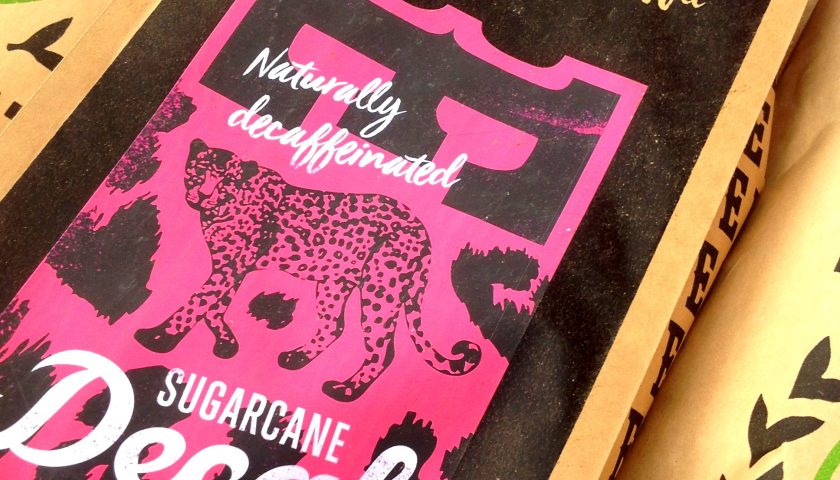
Decaf coffee 101
Let’s start with the obvious. Caffeine is a naturally occurring part of the coffee bean. In order to extract caffeine from the bean you have to undertake an unnatural process which often results in compromised taste and quality. Yes, those cups of coffee that taste like burnt tobacco.
The challenge lies in only removing the caffeine from the bean and leaving the other 1000 chemicals responsible for the flavour intact. All decaffeinating processes use some sort of decaffeinating agent (such as methylene chloride, activated charcoal, CO2, or ethyl acetate). I am not going to bore you with the details of these processes, just tell you what you don’t want in your buzz free cup: no harsh chemicals and no brittle, tasteless little beans.
If you take the caffeine out, make it worthwhile!
Here is our solution, we use: Sugarcane Decaf Espresso
The green coffee bean is steamed and soaked in water with ethyl acetates (EA). The EA is a compound extracted from locally grown and fermented sugar cane – because of the impracticality of gathering natural ethyl acetate and its cost, in lots of other products the chemical used for decaffeination is synthetic. The result is a naturally decaffeinated bean with the ability to retain flavour. In our case: blackcurrant, brown sugar and cocoa.

